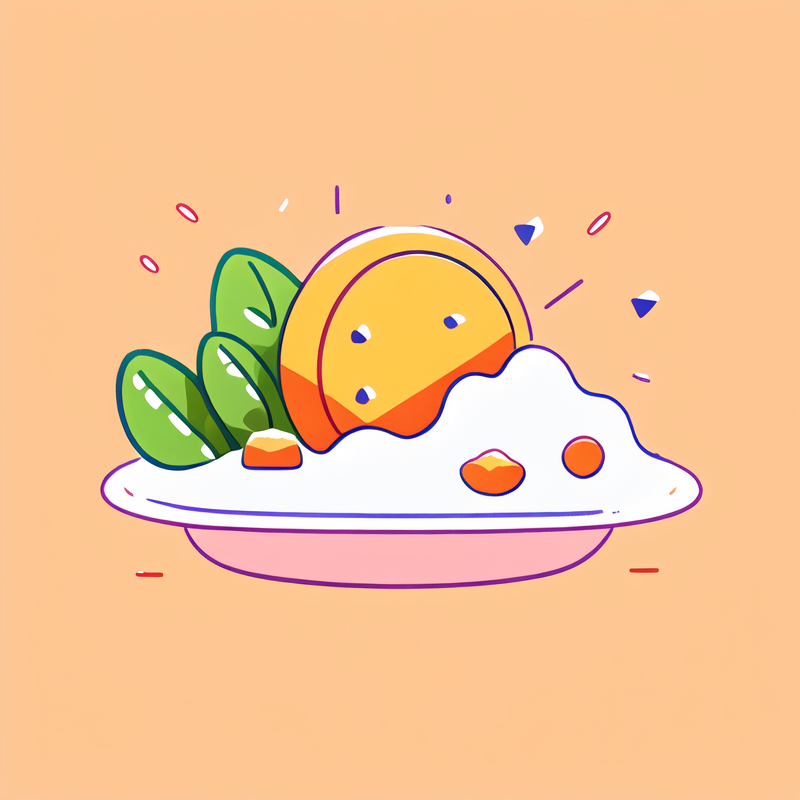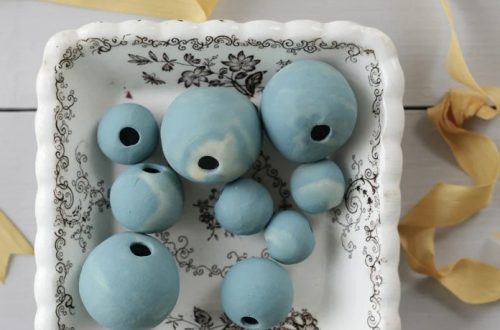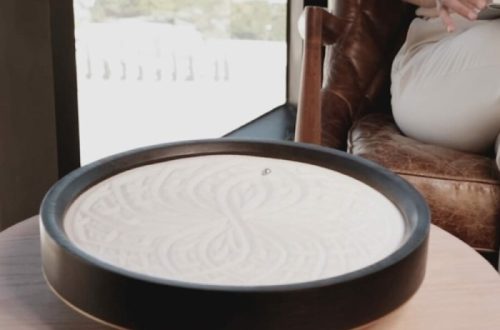What is Edible Kinetic Sand?
Edible kinetic sand is a fun, safe material for kids to play with. Unlike regular kinetic sand, it’s made entirely from food-grade ingredients. This means it’s harmless if accidentally consumed, making it ideal for young children.
It has a soft, moldable texture similar to store-bought kinetic sand. You can squeeze, shape, and re-use it repeatedly. Edible kinetic sand is often used for sensory activities, allowing kids to explore textures safely.
The biggest feature of edible kinetic sand is its versatility. You can add colors, flavors, or even scents to make it exciting. Whether for playdates, parties, or educational purposes, it’s a creative way to engage kids in hands-on fun while ensuring safety.
Benefits
Making edible kinetic sand has several advantages, especially for families with young children. It provides a safe and entertaining activity for kids as it uses food-grade ingredients. If ingested accidentally, it doesn’t pose any health risks.
Educational and Sensory Benefits
Edible kinetic sand enhances sensory exploration. Children can touch, mold, and shape the sand to stimulate their senses. Its soft and moldable texture also helps improve fine motor skills and hand-eye coordination during play.
Creative and Customizable Fun
This unique sand allows for creativity. You can add various colors or even scents to make it more engaging. Incorporating flavors can make the sensory experience enjoyable and exciting for children.
Cost-Effective and Easy to Make
Making edible kinetic sand at home is budget-friendly. The ingredients are affordable and easily accessible. It’s a fun DIY project that you can do with your kids, fostering creativity and bonding time.
Safe Alternative for Play
Unlike store-bought kinetic sand, the edible version eliminates worries about harmful chemicals. It’s ideal for younger children, ensuring a secure and fun playtime experience.
Edible kinetic sand is versatile, affordable, and educational, making it a great addition to any household with kids.
Ingredients Needed
Edible kinetic sand uses simple, food-grade ingredients that are safe for kids to handle. Here’s what you’ll need:
Flour or Cornstarch
- Primary Base Ingredient: Flour or cornstarch acts as the main base for the edible kinetic sand, giving it its fundamental characteristics.
- Texture Development: These ingredients create a soft and sandy texture, allowing for easy manipulation and play, mimicking the feel of real sand.
- Versatility: Both flour and cornstarch are easily accessible and can be substituted based on dietary needs or preferences, such as using gluten-free flour.
Sugar or Powdered Sugar
- Sweetening Agent: Sugar, or powdered sugar, is added to give the kinetic sand a pleasant sweetness, making it even more appealing for children.
- Safety Consideration: The inclusion of sugar ensures that if any small amounts are accidentally ingested, the mixture remains safe for consumption.
- Moisture Retention: Sugar can help retain moisture in the sand, which contributes to the overall texture and prevents it from becoming too dry.
Vegetable Oil or Coconut Oil
- Pliable and Moldable Consistency: Adding vegetable oil or coconut oil to the mixture enhances its pliability, allowing children to easily shape and mold the sand into different forms.
- Enhancing Play Experience: The oil gives the sand a smooth, soft feel, promoting enjoyment during playtime and encouraging creativity.
- Natural Options: Coconut oil, in particular, can add a pleasant aroma, while both options are safe for ingestion and suitable for various dietary preferences.
Food Coloring (Optional)
- Visual Appeal: Food coloring is used to introduce vibrant colors, making the edible kinetic sand visually stimulating and engaging for children.
- Creative Expression: Using various colors allows for creative expression during play, as children can create patterns, designs, or even themed creations.
- Custom Color Blends: Experimenting with different food colorings can lead to unique shades and combinations, further enhancing the sensory experience of play.
Flavor Extracts (Optional)
- Aromatic Enhancement: Flavor extracts such as vanilla, almond, or fruit-flavored options can be added to the sand, enhancing the sensory play experience with delightful scents.
- Taste Exploration: These extracts not only contribute to the overall experience of playing with the kinetic sand but also encourage children to engage with their sense of taste.
- Choice of Flavors: Offering a variety of flavor extracts allows for customization and personal preference, making the sand more enjoyable for each child.
Each ingredient plays a key role in creating durable, edible kinetic sand. Using food-grade components ensures safety during play, even if tiny amounts get consumed. Having optional items like food coloring and extracts allows for customization to make the experience more exciting for kids. Always ensure proper measurements for the best texture and consistency.
Step-by-Step Guide to Making
Creating edible kinetic sand is simple and fun. Follow these easy steps for the best results.
Preparing the Ingredients
- Gather your supplies: flour or cornstarch, sugar or powdered sugar, and vegetable oil or coconut oil.
- Optional items include food coloring and flavor extracts for customizing the sand.
- Ensure all ingredients are food-grade to keep it safe for children.
- Measure ingredients precisely to achieve the right texture and consistency.
Mixing and Achieving the Right Texture
- In a large bowl, combine flour or cornstarch with sugar or powdered sugar.
- Add vegetable oil or coconut oil slowly while mixing to achieve the desired texture.
- Knead the mixture until the sand feels soft, moldable, and slightly crumbly.
- Test the consistency by shaping it. Adjust with more oil or dry ingredients if needed.
- Work through all lumps to ensure smooth, pliable sand.
Tips for Coloring and Flavoring the Sand
- Add a few drops of food coloring for vibrant hues. Mix until the color is even.
- Incorporate flavor extracts like vanilla or peppermint for a pleasant sensory experience.
- Divide the sand into portions to create different colors and flavors.
- Use gloves to avoid staining hands while coloring your sand.
- Keep it simple or mix colors for a multicolor effect kids will love.
By following these steps, you can create colorful, tasty, and fun edible kinetic sand safely at home.
Safety Considerations When Using
Ensuring safety while using edible kinetic sand is essential, especially when young children are involved. Here are several important considerations:
Supervise Children During Play
- Importance of Supervision: Young children may not fully understand the potential dangers of small objects, so it’s crucial to supervise them closely while they engage with edible kinetic sand.
- Choking Hazards: Close monitoring helps reduce the risk of choking, especially with younger children who might attempt to put pieces in their mouths.
- Behavioral Guidance: Supervision also allows caregivers to guide play behavior, helping children learn how to use the sand appropriately and safely.
Use Fresh Ingredients
- Ingredient Quality: Always check that all ingredients used in making edible kinetic sand are fresh. Fresh ingredients contribute to a better texture and taste, enhancing the play experience.
- Safety Concerns: Using expired items can pose health risks such as foodborne illnesses. It’s crucial to ensure that any edible components are safe for consumption.
- Ingredient Labels: Take time to read labels on the ingredients to confirm their freshness and safety before use.
Store Properly
- Airtight Containers: When not in use, store kinetic sand in an airtight container to retain moisture and keep it pliable. This will also prevent it from becoming hard or overly dry.
- Prevent Contamination: Proper storage is essential in keeping the sand free from germs, dirt, or other potential contaminants during downtime.
- Refrigeration Tip: Depending on the ingredients, consider keeping the sand in the refrigerator if needed. Always check the manufacturer’s recommendations.
Avoid Contamination
- Hand Washing Protocol: Emphasize the importance of washing hands both before and after play to maintain hygiene and prevent the spread of harmful bacteria.
- Regular Inspection: Regularly inspect the sand for any dirt, debris, or signs of spoilage. If it appears contaminated, replace it to ensure safe play.
- Safe Play Environment: Keep the play area clean and free from any other toys or substances that could inadvertently contaminate the sand.
Check for Allergies
- Allergy Awareness: Always inquire about any food allergies your child may have before introducing them to edible kinetic sand.
- Ingredient Substitution: If allergies exist, look for safe substitutes that can fulfill the same role without compromising safety.
- Educate on Ingredients: Teach children about different ingredients being used and discuss any that may pose a risk, helping them recognize potential hazards.
Limit Consumption
- Understanding Play vs. Snack: Clearly explain to children that while the kinetic sand is edible, it is primarily a play item and not intended to be a regular snack.
- Setting Boundaries: Establish rules regarding how much they can “taste” during playtime, ensuring it does not become a major source of food consumption.
- Healthy Play Habits: Encourage children to engage with the sand creatively rather than indulging in it, reinforcing the idea that not everything is meant to be eaten.
Use Non-Toxic Ingredients
- Food-Grade Materials: Ensure that all ingredients are food-grade and safe for consumption. This is crucial for the safety and health of children during play.
- Avoid Harmful Additives: Be vigilant and avoid any harmful substances, chemicals, or non-food-grade additives that may be present in some ingredients.
- Safety First: Emphasize the importance of using only safe materials. Educate caregivers about appropriate choices to make when selecting ingredients for edible kinetic sand.
By taking these precautions, you can ensure a fun and safe playtime experience with edible kinetic sand.
Fun Ways to Play with Edible Kinetic Sand
Edible kinetic sand offers endless possibilities for fun and creative play. Here are some engaging ways to enjoy it:
1. Building Sandcastles and Shapes
- Use molds to build sandcastles, animals, or other fun shapes.
- Encourage kids to design their own creations.
- Add small toys to make a fun play scene, like a dinosaur dig or beach setup.
2. Pretend Baking
- Create “pretend cookies” and “cakes” with cookie cutters.
- Decorate using sprinkles or edible glitter for added fun.
- Use toy rolling pins to flatten and shape the sand.
3. Sensory Exploration
- Let kids squish, press, and squeeze the sand.
- Explore textures and patterns using small tools, stamps, or their hands.
- Add scents like vanilla or peppermint for a multi-sensory experience.
4. Treasure Hunt
- Hide tiny toys or edible treats within the sand.
- Have kids dig to find these hidden treasures.
- Create a theme, such as pirate treasure or archaeological finds.
5. Color Mixing
- Divide sand into portions and color each differently.
- Let kids mix colors to discover new shades.
- Teach basic color theory through interactive play.
6. Educational Activities
- Practice alphabet or number recognition by shaping letters and numbers.
- Teach kids about shapes by creating them with molds or freehand.
- Develop fine motor skills by molding, pinching, and flattening the sand.
7. Collaborative Play
- Invite friends or siblings to join for group activities.
- Work together to build larger structures or play scenes.
- Encourage teamwork and sharing during play.
Edible kinetic sand combines play and learning. It stimulates creativity, develops motor skills, and ensures safe, engaging fun for kids.
Storage and Maintenance
Proper storage and maintenance are vital for preserving the quality of edible kinetic sand. Follow these simple steps:
Storing Edible Kinetic Sand
- Use Airtight Containers: Keep the sand in airtight containers to prevent drying and contamination.
- Store in a Cool Place: Place the container in a cool, dry area to maintain texture.
- Avoid Sunlight Exposure: Direct sunlight can alter the texture, making the sand less moldable.
- Label Containers: Clearly label storage containers to ensure they are used appropriately.
Regular Maintenance Tips
- Check for Spoilage: Inspect the sand regularly for changes in smell, texture, or signs of contamination.
- Refresh Ingredients: Replace old sand and make a fresh batch when needed.
- Keep Hands Clean: Wash hands before and after play to reduce dirt and bacteria.
- Monitor Usage: Minimize play near dirt or food to avoid contamination.
Reusing and Recycling Sand
- Revive Texture: Add a small amount of oil if the sand becomes dry or crumbly.
- Combine Portions: Mix old batches with new sand for consistent quality.
- Dispose Responsibly: If the sand is no longer usable, discard it properly to avoid waste.
By storing and maintaining your edible kinetic sand correctly, you can ensure safe and fun play for a longer time.
Conclusion: The Joy of Edible Kinetic Sand
In summary, making edible kinetic sand is an enjoyable and straightforward activity for families. Not only does it provide a unique way to engage children in sensory play, but it also allows them to explore their creativity and fine motor skills in a safe manner.
By using the proper ingredients and following the steps outlined, you can create a delightful and safe play experience that keeps children entertained for hours. Edible kinetic sand combines the best of both worlds—fun and safety—making it an excellent addition to any parenting toolkit.
So go ahead, gather your ingredients and create your own edible kinetic sand. Watch as your children dive into hours of playtime, learning, and joy!




